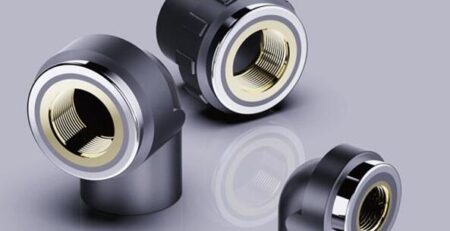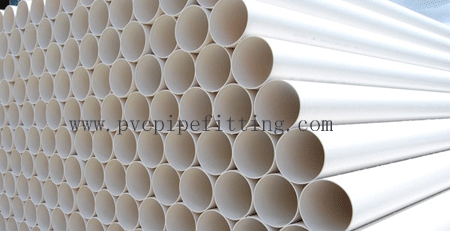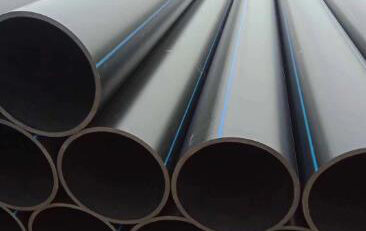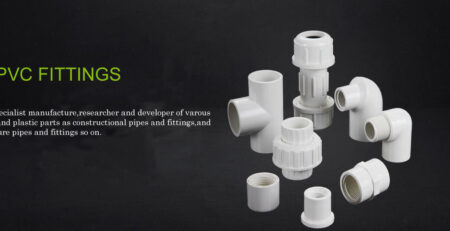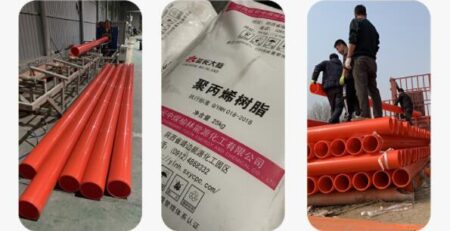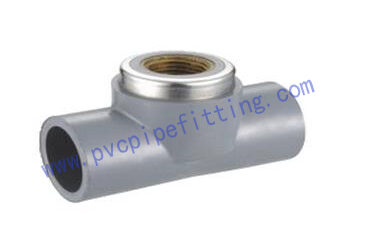PVC pipe classification and size model
PVC pipe is a pipe product with strong toughness, good heat resistance, and good ductility. It consists of three parts: the upper layer, the middle layer, and the lower layer. The upper layer of the PVC pipe is a layer of the paint film, which plays the role of waterproof and anti-aging; the middle layer is the polyvinyl chloride layer, which is the main base layer; and the lower layer is the back-coated adhesive. There are many types of PVC pipe specifications because its uses can be divided into water pipes and line pipes, so there are many categories of products, so you must understand the specifications of PVC pipes when purchasing. The following editor will introduce the classification and size model of PVC pipes.
PVC pipe specifications and classification
PVC pipes can be divided into soft PVC drainage pipes and hard PVC pipes according to their different properties. The main difference is whether they contain plasticizers. The soft PVC pipe contains softener, so the physical properties are relatively weak, it is not easy to store, can not withstand certain water pressure, and the scope of use is limited. Therefore, soft PVC pipes are usually used on ceilings, floors, and leather surfaces, and are often used as line pipes.
Rigid PVC pipe does not contain plasticizer, it is easy to shape during production, not easy to be brittle, non-toxic and pollution-free, has long storage time, and has very good physical properties. Hard PVC pipes are usually used as drainage pipes and water delivery pipes, which have great development and utilization value.
The market share of soft PVC pipes is only one-third, while hard PVC pipes occupy two-thirds. The raw material of PVC pipe is not completely environmentally friendly, but environmentally friendly additives can be used to make it a non-toxic and tasteless environmentally friendly product.
A detailed explanation of PVC pipe specifications
The size of the PVC pipe should be distinguished according to its type. The nominal outer diameter of different types of PVC pipes is different. The nominal diameter of the soft PVC pipe is 50mm, which generally does not exceed this size. The nominal diameter of hard PVC pipes can be made larger, even 50cm in size.
The size of soft PVC pipe is implemented according to GB/T13527.1-1992 standard, and the size of hard PVC pipe is implemented according to GB/T13020-1991 standard. Commonly used are 2.5mm, 3mm, 4mm, 5mm, 6mm, etc.
The larger sizes are 400mm, 450mm, 500mm, 560mm, 630mm, 710mm, 800mm, 900mm, 1000mm.
PVC pipes have different pressure levels. Commonly used ones are: 0.2Mpa, 0.3Mpa, 0.6Mpa, 1.0Mpa, 1.6Mpa, and regular products are marked with this value on the pipe wall.
PVC pipe specifications and models
1. PVC pipes are often used as threading pipes. Soft PVC pipes are usually used. The pipes have good toughness and good ductility. Common sizes are 16mm, 20mm, 25mm, 30mm, 40mm, 50mm.
2. PVC pipes are also widely used as water pipes, which can be used in household environments, commercial places, and industrial fields. The water delivery pipe is a hard PVC pipe, which has good strength, strong aging resistance, and long service life. The nominal diameter of the water supply pipe is larger than that of the threaded pipe but not as large as the drain pipe. Usually there are 20mm, 25mm, 32mm, 40mm, 50mm, 63mm, 75mm, 90mm, 110mm, 200mm, etc. Smaller ones are used in the home environment, and large amounts of water are sent in the industrial environment.
3. The performance requirements of PVC drainage pipes as drainage pipes are high, not only having a good surface hardness, meeting safety factors, and high tensile strength and aging resistance requirements. In order to meet industrial discharge requirements, PVC drainage pipes must also have a certain degree of acid and alkali resistance. The nominal diameter of the drainage pipe is larger than all PVC drainage pipes. Generally, a diameter below 160mm can be used in the household environment. The main drainage pipe and industrial sites can choose 200mm, 250mm, 315mm, 400mm, 500mm, and other sizes.

